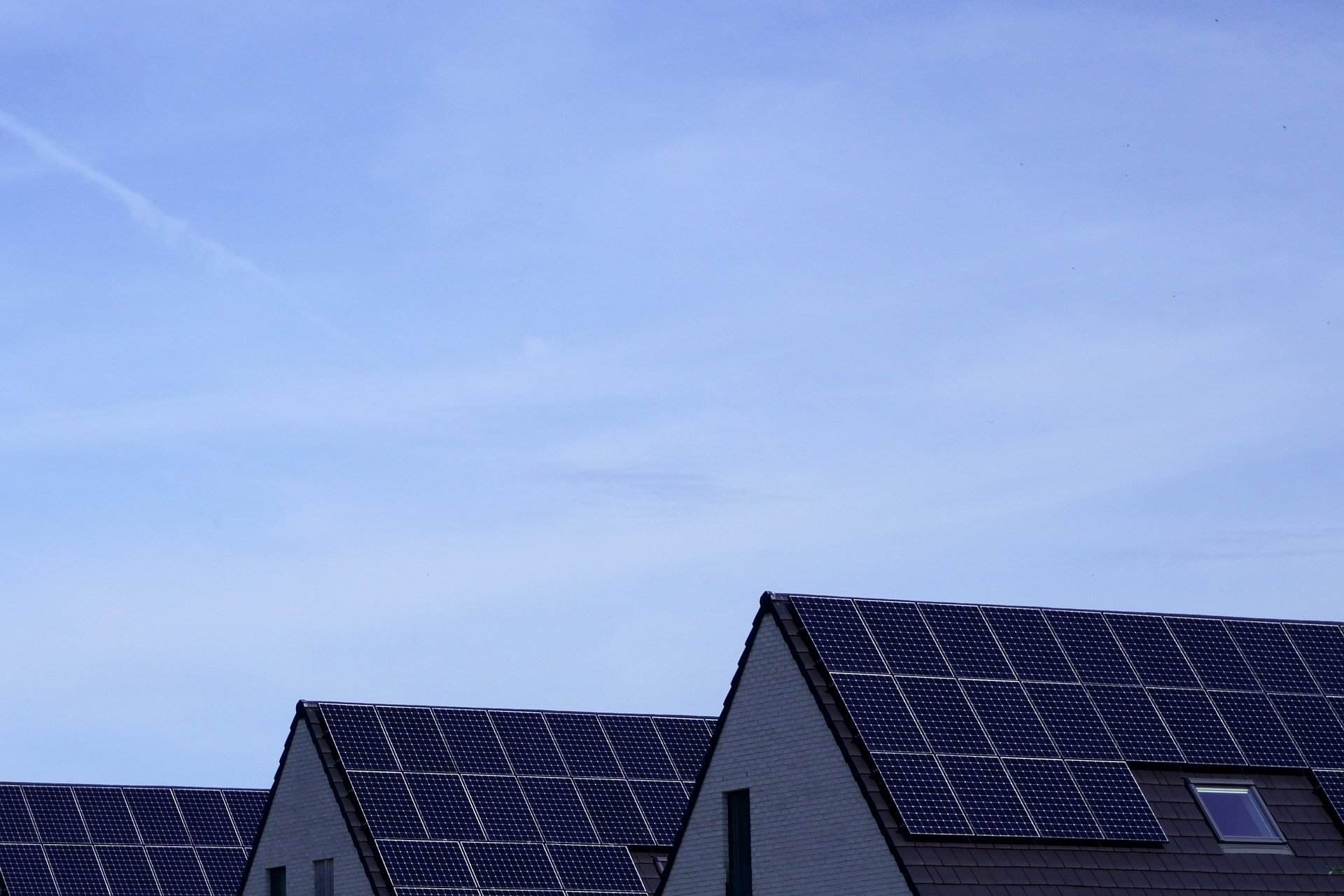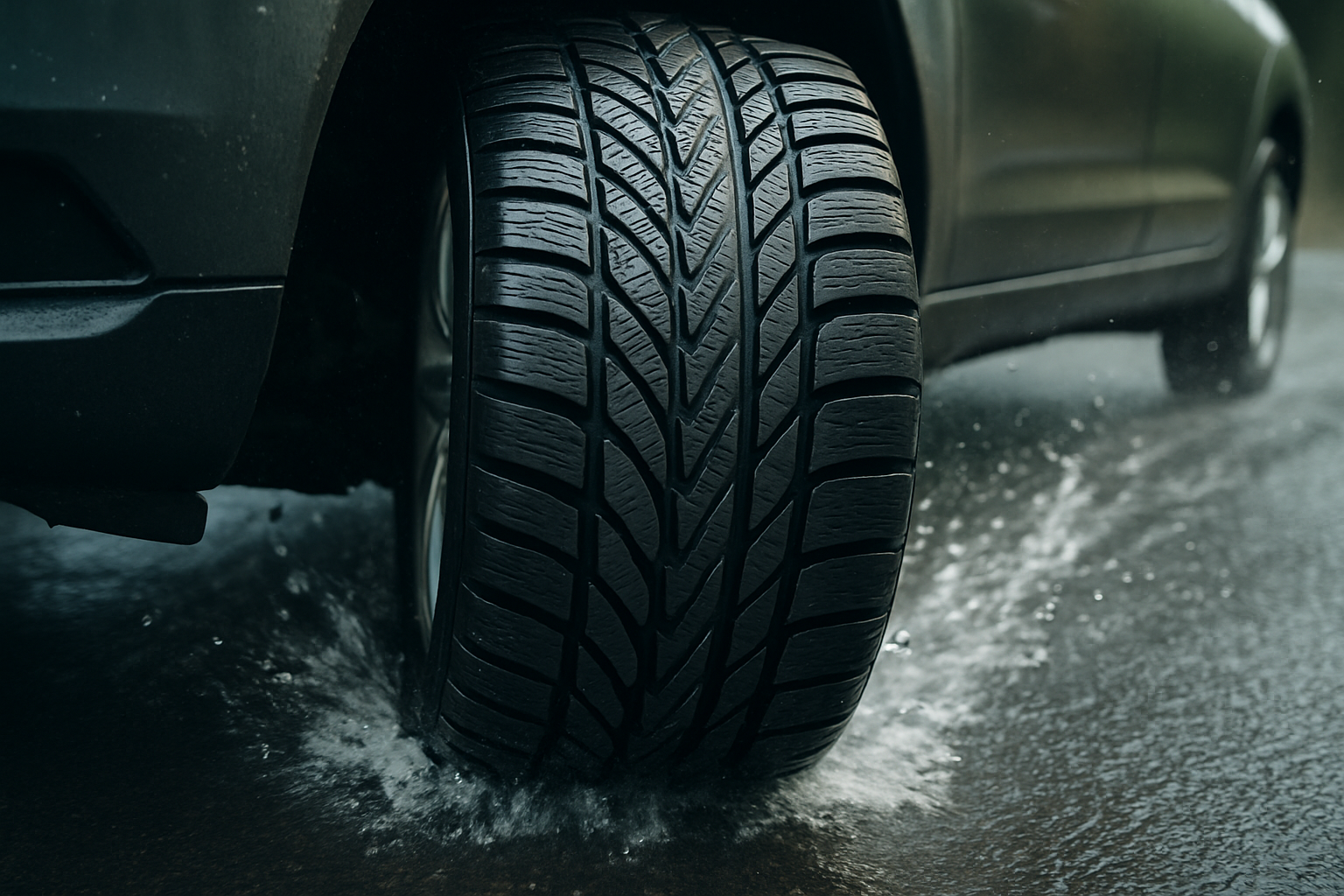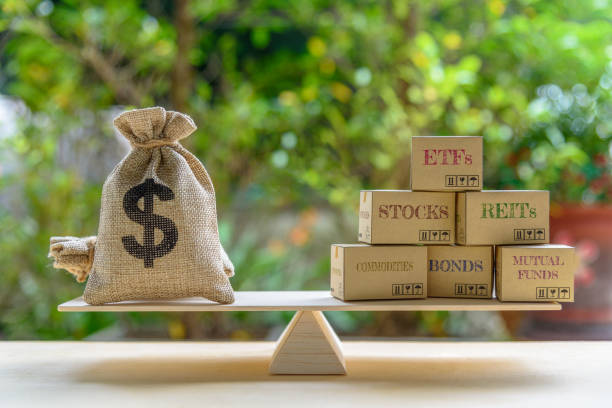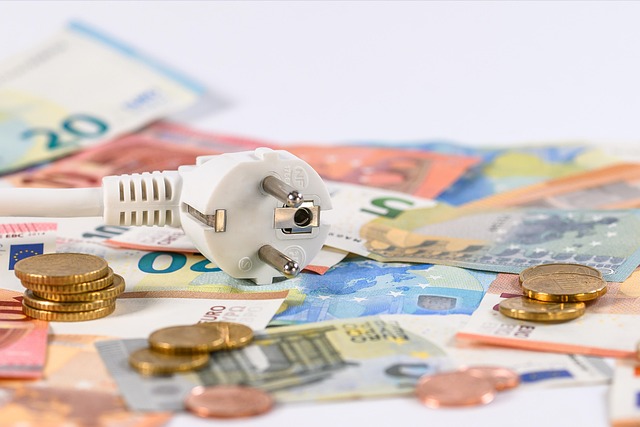"Sustainable Prefab Homes: The Eco-Friendly Future of Modern Living"
In recent years, the demand for sustainable living solutions has surged as the impact of climate change becomes more apparent. Among the most innovative and eco-friendly options available today is the concept of sustainable prefabricated homes. These homes combine cutting-edge technology with environmentally friendly materials and construction methods to offer a solution that is both smart for the environment and cost-effective for homeowners.

As climate concerns intensify and sustainable living becomes increasingly essential, the construction industry is experiencing a significant shift toward greener building practices. Prefabricated homes represent a convergence of efficiency, innovation, and environmental responsibility. By manufacturing major components in controlled factory settings before transporting them to building sites for assembly, these homes reduce waste, lower energy consumption during construction, and incorporate sustainable materials from the ground up. This approach is fundamentally changing how Australians and people worldwide think about homeownership and environmental stewardship.
What Makes Eco-Friendly Prefab Homes Different?
Eco-friendly prefab homes distinguish themselves through their comprehensive approach to sustainability. Unlike traditional construction, which generates substantial on-site waste and requires extended building periods, prefabricated construction occurs in controlled factory environments where materials are precisely measured, cut, and assembled with minimal waste. These facilities often incorporate recycled materials, sustainably sourced timber, and low-emission insulation products. The precision manufacturing process ensures tighter seals and better insulation, reducing energy loss once the home is occupied. Many manufacturers now prioritize renewable materials like bamboo flooring, reclaimed wood, and non-toxic paints, creating healthier indoor environments while reducing the carbon footprint of the building process itself.
How Factory-Made Sustainable Living Reduces Environmental Impact
Factory-made sustainable living addresses environmental concerns at multiple levels. The controlled manufacturing environment allows for efficient material use, with offcuts and excess materials often recycled immediately rather than sent to landfills. Transportation efficiency improves as components are delivered in organized shipments rather than through multiple deliveries typical of traditional construction. The reduced construction timeline means less site disruption, lower energy consumption from construction equipment, and faster occupancy. Many prefab manufacturers have adopted circular economy principles, designing homes for eventual disassembly and material reuse. Additionally, factory production enables consistent quality control, ensuring that insulation, sealing, and energy systems perform optimally from day one, which traditional construction sometimes struggles to achieve due to variable on-site conditions.
Energy-Saving Home Design Features in Modern Prefab Construction
Energy-saving home design lies at the heart of sustainable prefab construction. These homes typically incorporate high-performance insulation systems that exceed minimum building code requirements, reducing heating and cooling demands throughout the year. Double or triple-glazed windows minimize thermal transfer while maximizing natural light. Many designs integrate passive solar principles, positioning windows and thermal mass strategically to capture winter sun and provide summer shading. Solar panel systems are increasingly standard, with some manufacturers offering battery storage solutions for complete energy independence. Smart home technology allows residents to monitor and optimize energy consumption in real time. Water-saving fixtures, greywater recycling systems, and rainwater collection further reduce environmental impact. The airtight construction typical of quality prefab homes prevents drafts and moisture intrusion, maintaining comfortable indoor temperatures with minimal mechanical heating or cooling.
The Green Building Revolution Transforming Australian Housing
The green building revolution is reshaping Australian residential construction as environmental awareness grows and building standards evolve. Prefabricated construction aligns perfectly with this movement, offering scalable solutions that make sustainable housing accessible to broader populations. Australian manufacturers are increasingly adopting green certifications and sustainability frameworks, demonstrating measurable environmental benefits. This revolution extends beyond individual homes to entire communities, with some developers creating prefab neighborhoods designed around shared renewable energy systems, community gardens, and reduced car dependency. Government incentives for energy-efficient housing are making sustainable prefab homes more financially attractive, while stricter building codes are pushing the entire industry toward better environmental performance. The revolution also encompasses a cultural shift, with younger Australians particularly valuing sustainability and seeking housing options that reflect their environmental values.
Modern Eco-Living Solutions: Practical Benefits Beyond Sustainability
Modern eco-living solutions in prefab homes deliver practical advantages that extend well beyond environmental benefits. Reduced energy consumption translates directly into lower utility bills, with some highly efficient homes achieving near-zero energy costs. The controlled factory environment produces homes with fewer defects and better long-term durability, reducing maintenance expenses over the home’s lifetime. Faster construction timelines mean homeowners can occupy their properties sooner, avoiding extended rent payments or temporary housing costs. The precision construction methods result in superior indoor air quality, reducing health issues related to mold, moisture, and off-gassing from building materials. Many prefab designs offer flexible floor plans that can adapt as family needs change, extending the useful life of the home. The combination of lower operating costs, reduced maintenance, and health benefits creates compelling financial and lifestyle advantages that make sustainable prefab homes increasingly attractive to practical-minded buyers.
| Provider | Home Type | Key Sustainability Features | Estimated Cost Range |
|---|---|---|---|
| Modscape | Modular prefab | Solar panels, recycled materials, energy-efficient glazing | $200,000 - $500,000+ |
| Ecoliv | Sustainable modular | Passive solar design, rainwater systems, sustainable timber | $250,000 - $600,000+ |
| Archiblox | Eco-modular | Net-zero energy options, recycled steel, greywater recycling | $300,000 - $700,000+ |
| Anchor Homes | Prefabricated | Energy-efficient insulation, sustainable materials, solar-ready | $180,000 - $450,000+ |
Prices, rates, or cost estimates mentioned in this article are based on the latest available information but may change over time. Independent research is advised before making financial decisions.
Making the Transition to Sustainable Prefab Living
Transitioning to sustainable prefab living requires understanding both the opportunities and practical considerations involved. Prospective buyers should research manufacturers thoroughly, examining their sustainability credentials, construction methods, and completed projects. Understanding local planning regulations is essential, as some areas have restrictions on prefabricated construction or specific design requirements. Site preparation remains crucial, with proper foundation work and utility connections requiring professional assessment. Financing options for prefab homes are expanding as lenders become more familiar with this construction method, though some buyers may need to educate their financial institutions. Working with experienced builders who specialize in prefab assembly ensures proper installation and optimal performance. The growing availability of sustainable prefab options means buyers can find designs ranging from compact studios to spacious family homes, all incorporating environmentally responsible features that reduce long-term costs while supporting a healthier planet.
Sustainable prefab homes represent more than an alternative construction method; they embody a fundamental reimagining of how housing can serve both human needs and environmental responsibility. As technology advances and sustainability becomes increasingly central to housing policy and consumer preferences, prefabricated construction is positioned to play a leading role in creating resilient, efficient, and environmentally sound communities across Australia and beyond.




